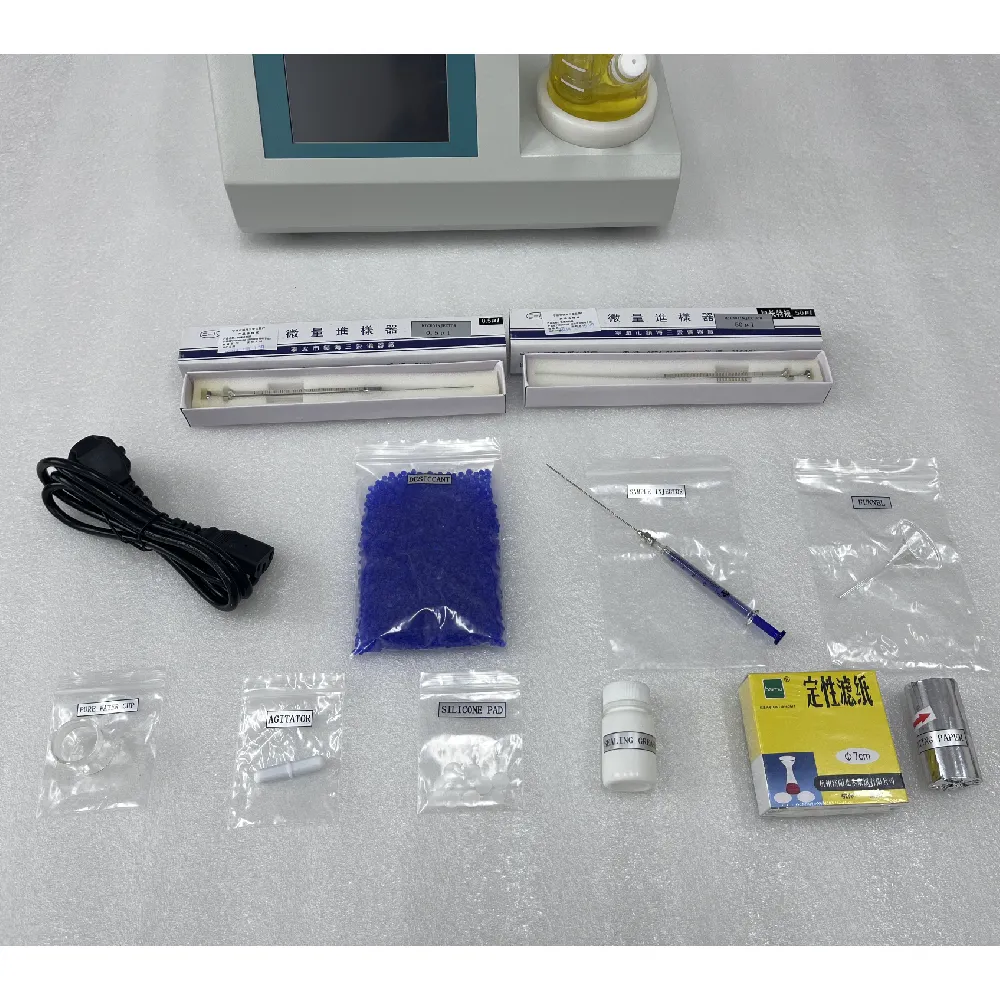 English
English


power factor testing
Understanding Power Factor Testing Importance and Methodologies
Power factor is a critical concept in electrical engineering, representing the ratio of real power used in a circuit to the apparent power flowing in the circuit. This ratio is a measure of how effectively electrical power is being converted into useful work output. Understanding and testing the power factor is essential for optimizing energy efficiency, reducing costs, and maintaining equipment health in various industrial and commercial applications.
The Importance of Power Factor
The power factor is represented by the symbol 'PF' and is typically expressed as a number between 0 and 1. A power factor of 1 (or 100%) indicates that all the energy supplied by the source is being used effectively; whereas a lower power factor signifies inefficiencies, often caused by inductive loads such as motors, transformers, and other electrical equipment.
An inefficient power factor can lead to higher energy bills since utility companies may charge penalties for low power factors. Additionally, it can strain electrical systems, leading to overheating and increased wear and tear on equipment. Therefore, regular power factor testing is crucial for identifying inefficiencies and facilitating improvements.
Power Factor Testing Methodologies
Power factor testing is typically conducted using specialized instruments known as power analyzers or power factor meters. These devices measure both the real power (in kilowatts, kW) and apparent power (in kilovolt-amperes, kVA), allowing the calculation of the power factor using the formula
\[ \text{Power Factor (PF)} = \frac{\text{Real Power (kW)}}{\text{Apparent Power (kVA)}} \]
1. Preparation for Testing Before conducting a power factor test, it is crucial to prepare the equipment and the testing environment. This includes ensuring that the system is de-energized and verifying that safety protocols are in place.
power factor testing

2. Installation of Power Meters Once the system is ready, power meters need to be connected. These should be placed at strategic points in the electrical system, ideally at the input and output of critical loads to ensure comprehensive measurement.
3. Data Collection With the instruments in place, the electrical system can be energized, and data collection can commence. Measurements should be taken during various operational conditions to capture a full representation of the system's performance.
4. Analysis and Calculation After the data is collected, the power factor can be calculated. Engineers will analyze the readings to identify any issues that may be affecting power efficiency.
5. Recommendations for Improvement Based on the testing results, engineers can recommend remedial actions to improve the power factor. Common solutions include the installation of power factor correction capacitors, upgrading equipment, or modifying operational procedures.
Benefits of Power Factor Testing
Conducting regular power factor testing not only helps in identifying inefficiencies but also provides a roadmap for energy conservation strategies. Improving the power factor leads to reduced energy consumption, lower utility costs, decreased greenhouse gas emissions, and extended equipment lifespan. Additionally, many utility companies offer incentives for enhanced power factor management, further promoting energy efficiency initiatives.
Conclusion
In summary, power factor testing is an indispensable aspect of maintaining efficient electrical systems. By understanding its significance and employing effective testing methodologies, businesses can significantly reduce operational costs while promoting sustainability. Regular assessments ensure that electrical systems remain at optimal performance levels, benefiting both the organization and the environment. As energy costs continue to rise, prioritizing power factor management is increasingly vital for both economic and ecological reasons.
-
Differences between open cup flash point tester and closed cup flash point testerNewsOct.31,2024
-
The Reliable Load Tap ChangerNewsOct.23,2024
-
The Essential Guide to Hipot TestersNewsOct.23,2024
-
The Digital Insulation TesterNewsOct.23,2024
-
The Best Earth Loop Impedance Tester for SaleNewsOct.23,2024
-
Tan Delta Tester--The Essential Tool for Electrical Insulation TestingNewsOct.23,2024





